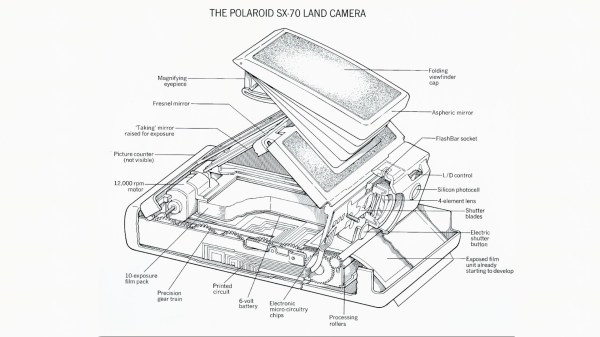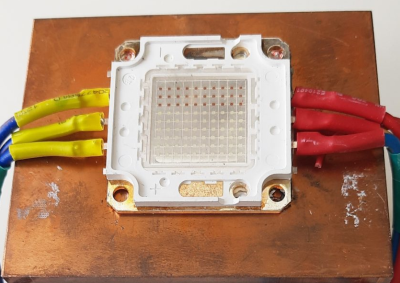These days, it’s possible to buy a number of different Polaroid instant cameras new off the shelf. That’s largely thanks to the retro resurgence that has buoyed interest in everything from vinyl records to analog synthesizers. However, if you’re truly old-school, you might still be rocking a vintage Polaroid SX-70 camera. Thankfully, there’s a way to convert these old rigs to work properly with the more popular modern 600 film.
The interesting thing about the SX-70 camera design is that its shutter speed and aperture setting are essentially linked together as the aperture and shutter assembly are combined into one unit with a variable tear-drop shaped opening. Thus, the timing of the shutter opening and closing and the extent to which it opens are what determines exposure and aperture.
Thankfully, [Jake Bright] has learned a lot about these unique cameras and exactly how this complex system operates. He shares his tips on firstly restoring the camera to factory-grade operation, and then the methods in which they may be converted to work with modern film. Fundamentally, it’s about changing capacitors or resistors to change the shutter/aperture timing. However, do it blindly and you’ll have little success. You first need to understand the camera’s mechanics, pneumatics, and its “Electric Eye” control system before you can get things dialed in just so.
We’ve seldom seen such a great deep dive into a camera outside of full-fat engineering documentation. [Jake] should be commended on his deep understanding and command of these fine instant cameras from yesteryear. May the Polaroid picture never die. Video after the break. Continue reading “Converting A Polaroid SX70 Camera To Use 600 Film”














